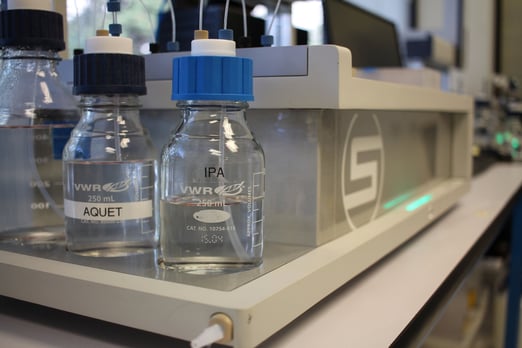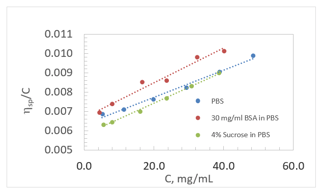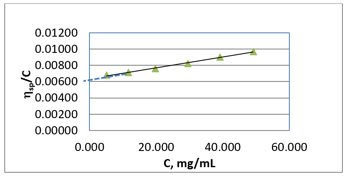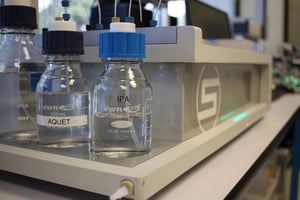We have some exciting new updates as we kick off our second week in October. Our in-house rheologist, Dr. Stacey Elliott, and our marketing team have been working tirelessly to provide exciting new content for our readers and friends. Last week, we released an application note discussing the impact of excipients on buffer viscosity. Both application notes demonstrate the advantages of measuring with VROC® initium which incorporates microfluidic and MEMS technology into a fully automated system.

It is often desirable to distinguish low viscosity fluids such as buffer solutions prepared to solubilize proteins or antibodies. Buffers are formulated with a variety of excipients or inactive ingredients to ensure protein stability or to reduce the viscosity without lowering the concentration of the active. Common additives include mono or disaccharides, sugar alcohols, and individual amino acids. Since the buffer solution is the foundation of the fully formulated protein, it is important to accurately measure its viscosity. This will ensure consistency of the raw materials as well as the formulation process. Most viscometers are unable to make such distinctions, and those that are capable tend to be very tedious and time consuming.


Access Application Note on the Impact of Excipients on Buffer Viscosity here.
This week, we released another application note on the Stability of Concentrated Protein Solutions. In this application note, protein stability is tested as a function of temperature and time. Using the VROC® Initium, we explain the variance in microstructure of protein solutions and why it is absolutely essential to measure viscosity to detect changes in your formulations.
Written by: Joseph Chun, RheoSense Engineer


